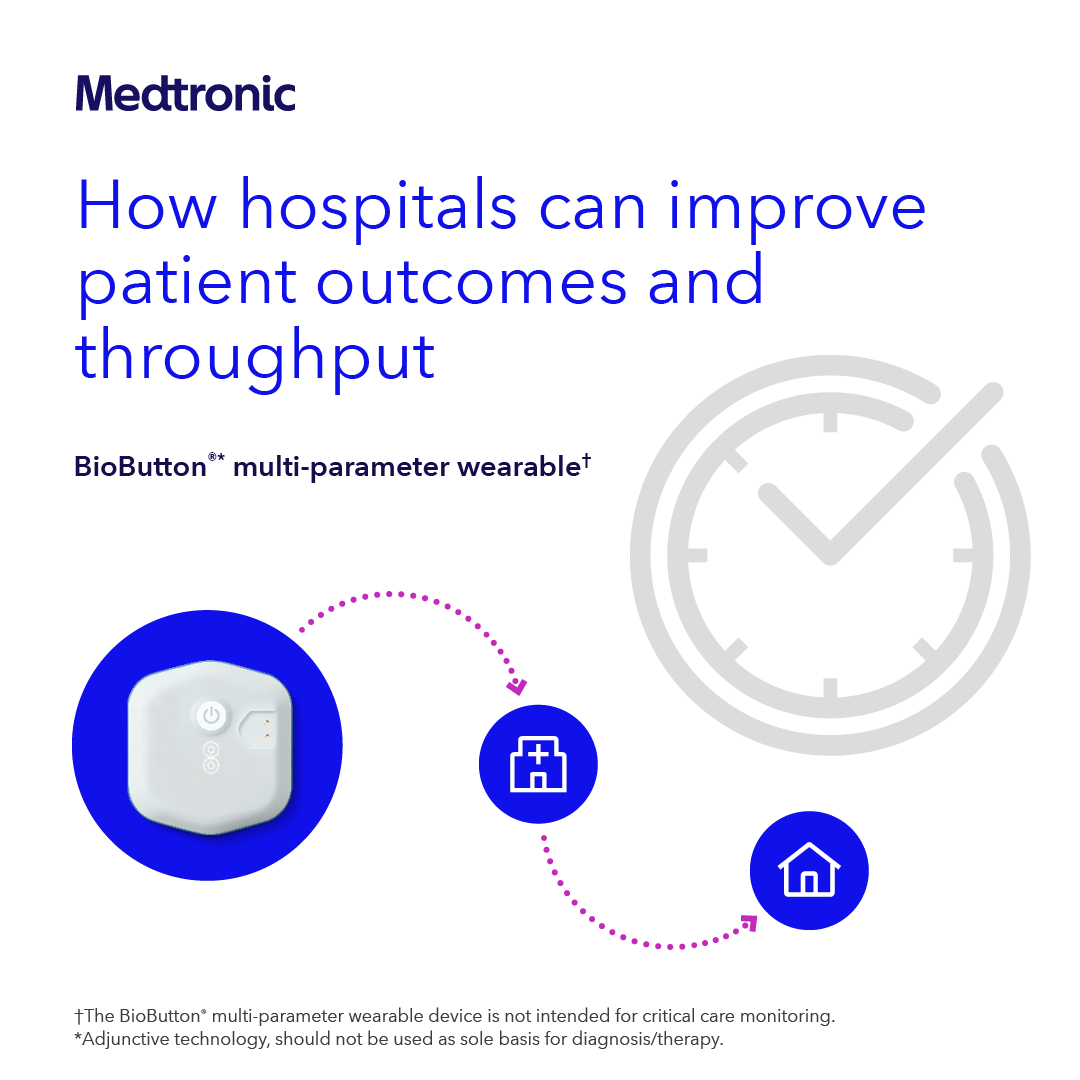Survivorship Clinics

For the last 15 or so years, improvements in health care have enabled very sick patients to actually survive and return home to a life that is very different than before they got “sick.” Such patients have either undergone arduous medical therapies, often for cancer diagnoses, and/or have been cared for in Intensive Care Units (ICUs).
Before the advent of Survivorship Clinics, many patients just adapted as best they could while coping with overwhelming tiredness, reduced mobility, feelings of depression, chronic pain while also wrestling with existential questions about the meaning of their illness and dealing with a pervasive sense of uncertainty in life (Economou & Corcoran, 2016).
Needham and colleagues (2011) describe the impact of cognitive impairment and depression resulting in what they term, “long-term post-ICU impairments (p. 963).” In the past, the health care system figured it had done its job of saving patients, thereby leaving patients and families to adapt to a new normal on their own.
Today more people are surviving as health care expands its life-saving interventions. It is estimated that there will be 18 million cancer survivors in the United States (US) by 2022 (Economou & Corcoran, 2016). And, many survivors and their providers have expectations that these patients will not only survive but also achieve a good quality of life.
According to Economou & Corcoran (2016), survivor’s needs are not so much rooted in their diagnosis and associated treatments, but rather in the downstream effects, such as fear of recurrence and changes in role and relationships.
There are both short- and long-term physical, cognitive and mental health sequelae following critical illness. Peer support engenders empathy in the survivor cohort, as survivors share their common experiences in life-challenging situations.
This work cannot be done at home alone, but rather can be accomplished in a survivorship clinic. Feldman and colleagues (2011) suggest that the 1-year mortality rate for older adults on mechanical ventilation was 72%, thus demonstrating the long-term outcomes after hospital discharge.
There are many ways to define a population for a survivorship clinic based on the disease process and/or time in the ICU, both with and without mechanical ventilation criteria.
The American College of Surgeons’ Commission on Cancer (CoC) released Standard 4.8 in October 2019, which helps further define the role of survivorship clinics. This standard defines a cancer survivorship program as meeting the needs of patients with cancer who were treated with curative intent (Blaes et al., 2021).
While there is no pre-defined curriculum for survivorship clinics, Standard 4.8 states that the health care team must document at least 3 services per year. Examples include, but are not limited to, screening programs for recurrence, exploring the meaning of having survived, guiding optimal nutrition, consulting with team specialists, providing financial guidance, and structuring activity programs (Blaes et al, 2021).
The structure of a survivorship clinic can take many forms and various countries receive support from different funding agencies. The National Health Service (NHS) in the United Kingdom (UK) extends ICU funding to run survivorship clinics, whereas in Brazil, survivorship clinics are funded as research entities (Teixiera & Rosa, 2018).
Survivorship clinic models can be based on specific diseases, consultative resources, or a clearinghouse where patients and/or families are directed to specific care based on their needs.
Survivorship clinics creates a paradigm shift for nurses when discharging patients from health care settings. It is imperative that the entire interdisciplinary team think about the patient’s long-haul functional needs and re-integration issues that survivors and families will face as they do the hard work of creating a new or different life.
This is a question beyond a Case Management Plan for a home commode and nursing care for 2 weeks. Survivors view the world differently after their ordeal. The health care team has an opportunity to work with survivors to create the necessary ‘footings and bridges’ to help patients and families return to living fulfilling lives.
Survivorship clinics should be thought about and created with committed teams of caregivers, who are dedicated to long-haul care and can organize the necessary human and financial resources to make survivorship clinics a reality.
References
Blaes, A. H., Adamson, P. C., Foxhall, L., & Bhatia, S. (2021). Survivorship care plans and the Commission on Cancer Standards: the increasing need for better strategies to improve the outcome for survivors of cancer. JCO Oncology Practice, 16(8), 447-451.
Economou, D., & Corcoran, S. (2016). Incorporating survivorship clinic into practice. J Adv Pract Oncol, 7(3), 343-346.
Needham, D. M., Feldman, D. R., & Kho, M. E. (2011). The functional costs of ICU survivorship: collaborating to improve post-ICU disability. American Journal of Respiratory and Critical Care Medicine, 183(8), 962-964.
Teixeira, C., & Rosa, R. G. (2018). Post-intensive care outpatient clinic: is it feasible and effective? A literature review. Rev Bras Ter Intensiva, 30(1), 98-111.



